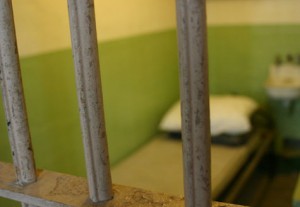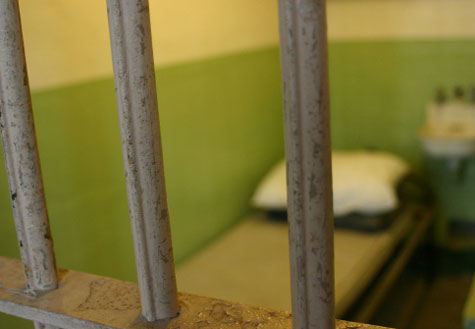 The Special Council on Criminal Justice Reform for Georgians recently released a report claiming that the state could save an estimated $88 million by reducing the number of young people held in secure facilities over the next five years.
The Special Council on Criminal Justice Reform for Georgians recently released a report claiming that the state could save an estimated $88 million by reducing the number of young people held in secure facilities over the next five years.
The authors of the report recommend decreasing the state’s total out-of-home adjudicated population by more than a quarter by 2018, stating that the measure would allow “significant opportunities for savings and reallocation of resources.”
The report states that status offenders should not be subjected to either short-term or long-term detention, while young people accused of misdemeanors would be better served by diversions to community-based programs. Combined, status offenders and youth found guilty of misdemeanors represented more than a quarter of Georgia’s juvenile lock-up population in 2011.
Currently, almost 30 crimes are considered “designated felonies” in the state of Georgia, including several property offenses, such as smash and grab burglaries. Last year, however, almost two-fifths of the designated felons in the state’s youth developmental campuses (YDC) were assessed as “low-risk,” while approximately 40 percent of young people in Georgia YDCs in 2011 were detained for committing non-violent offenses.
The report suggest revising the state’s Designated Felony Act (DFA) to establish a two-class system that “continues to allow for restrictive custody in all designated felony (DF) cases while adjusting the dispositional sanctions to take into account both offense severity and risk level.”
Prior to entering state custody, the council suggests that young people be assessed for their likelihood of committing future crimes and given mental health screenings. They also believe that the state should refocus resources on evidence-based practices, as Georgia has yet to establish specified performance outcome measures to gauge the effectiveness of agency practices.
From 2002 to 2011, the state’s total out-of-home adjudicated juvenile population dropped from 2,973 to 1,917, with the Georgia Bureau of Investigation stating that arrests of youth 16 and under dropped by nearly a quarter from 2008 to 2011. However, an estimated 65 percent of young people released from YDCs in Georgia either return to the juvenile justice system or become convicted as adults within three years, the report states.
According to the report, Georgia’s Department of Juvenile Justice allocated almost two-thirds of its $300 million-plus budget to operate the state’s juvenile detention facilities for the 2013 FY, with just one YDC bed tabulated to cost $91,126 annually.
“Despite a recent decline in the number of youth in the juvenile justice system, the cost to Georgia taxpayers remains substantial and the state has not received a sufficient return on its investment,” the report reads. “The policy recommendations will further focus the state’s use of expensive out-of-home facilities on serious, higher-risk youth. By doing this, the state will generate savings that can be used to increase the availability and effectiveness of community-based options.
